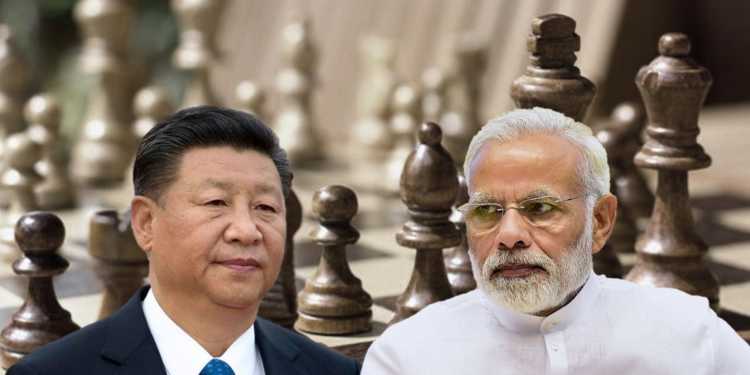India plans to cut huge trade deficit with China by giving a boost to shipment of 200 products. India wants China to cut the duty on various products including uncombed single cotton apart from castor oil, menthol, granite, diamonds and glass envelopes for picture tubes. The talks for duty waiver will be initiated in next round of negotiations under the Asia Pacific Trade Agreement (APTA) in April 2019. APTA is the oldest preferential trade agreement in Asia Pacific region with seven parties-Bangladesh, China, India, Lao PDR, Mongolia, Republic of Korea, and Sri Lanka. The agreement was signed in 1975 and was known as Bangkok agreement, later renamed as Asia Pacific Trade Agreement in 2005.
The government in its analysis found that Australia, South Korea and Southeast Asian nations have competitive trade advantage over India due to FTA’s prevailing between them and China. India has competitive advantage in marine products like frozen shrimps and prawns but the Southeast Asian exports to China are duty free while Indian exports face heavy tariffs and therefore, India loses its competitive advantage in pricing.
The experts suggested that India should seek tariff concessions under APTA but should not lose focus on the Regional Comprehensive Economic Partnership. RCEP will allow economic cooperation and free trade between countries in the Asia-Pacific regions. The member countries include ten member states of the Association of Southeast Asian Nations (ASEAN) (Brunei, Cambodia, Indonesia, Laos, Malaysia, Myanmar, the Philippines, Singapore, Thailand, Vietnam) and 6 Asia-Pacific countries (Australia, China, India, Japan, South Korea and New Zealand).
“While APTA may be a good idea to pursue, RCEP is a complete package as it would give access to Japan, Australia and other markets too apart from China,” said Amitendu Palit, a senior research fellow at the Institute of South Asian Studies, National University of Singapore. “Difference in competitiveness level and non-tariff barriers imposed by China is a major problem for India,” he added. China is the largest trading partner of India with a huge trade-deficit tilted in favor of China. The total India-China trade stood at $84.4 billion in the fiscal year 2017-18. The total imports from China accounted for $68.06 billion while the exports were of just $16.34 billion. The trade deficit of $51.72 billion between India-China is almost equal to the Indian defense budget.
Indian government has been pressuring China for a long time to reduce the trade deficit and lower the import tariffs on the products which could be exported to them. In a statement during China’s trade policy review at the WTO, New Delhi pointed out that Beijing needed to make serious efforts to lower trade barriers for rice, meat, pharmaceuticals and IT products from India in order to make a difference in the trade imbalance.
According to a government official, “By bringing up the issue of trade-deficit at the trade policy review, India wants to give a message to the Chinese that it wants promises to be turned into action.” Since Indians owe a world class IT sector, there is scope for collaboration between Chinese state-owned enterprises (SOEs) and the Indian IT sector, which could provide state-of-the-art, custom-designed solutions.
India also expressed disappointment over hindrances that farm exports, including bovine meat, are facing stringent and opaque regulatory measures on the part of China. Chinese leadership must consider that the era of free trade is almost over and the huge trade-deficit is no longer sustainable. If it continues to manipulate its currency to make its own exports competitive and keep import tariffs high in its own country, it may soon face issues which it might not be prepared for.































